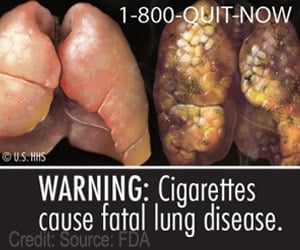Teens, who have easy access to drugs and alcohol in the home, are more likely to turn into addicts in their early and late 20s.

‘Teens, who have easy access to drugs and alcohol in the home, are more likely to turn into addicts in their early and late 20s.’





"While there have been many studies linking alcohol and drug use by parents to substance use among youths, there is limited research on how the availability of alcohol and drugs in the home may influence patterns of use among offspring in the future," said Broman. He added, "These findings provide evidence that the availability of illegal drugs and alcohol in the home while growing up is a critical factor in the later use of substances." Broman analyzed data from some 15,000 participants in the National Longitudinal Study of Adolescent Health over the course of three waves - when the survey participants were, on average, 16, 22 and 29 years old. Generally, participants who had illegal drugs and alcohol easily available to them during adolescence started using drugs and alcohol at an earlier age, and used drugs and alcohol more at each of the latter two waves (when the average ages were 22 and 29).
Male participants, who had alcohol and illegal drugs more available to them in the home during adolescence than female participants, subsequently drank and did drugs more in adulthood than did females. From a racial/ethnic perspective, whites were significantly more likely to use drugs and alcohol in adulthood than blacks, Hispanic and Asian participants. This was despite the fact that Hispanic and Asian participants generally had drugs and alcohol more easily available to them in the home during adolescence.
The study appears in Journal of Child and Adolescent Substance Abuse.
Source-ANI











